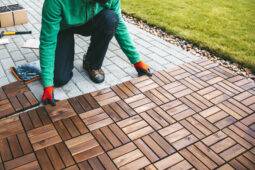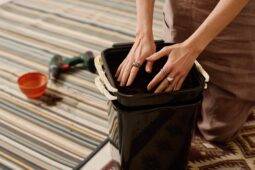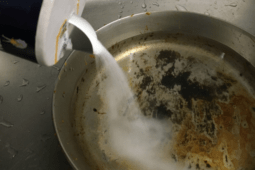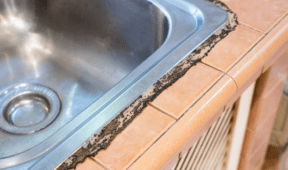All You Need is Olive Oil to Make Wood Shine
If your wooden furniture and floors are looking dull and lifeless, you don’t need expensive polishes or harsh chemicals to restore their beauty. The secret? Olive oil! This natural and affordable solution nourishes wood, enhances its shine, and even helps protect it from drying out and cracking. With just a few simple steps, you can make your wood surfaces look like new again.
Why Olive Oil Works Wonders on Wood
Olive oil is an excellent natural conditioner for wood. Unlike synthetic polishes that can build up residue, olive oil penetrates the wood fibers, replenishing moisture and enhancing its natural grain. It also helps reduce the appearance of scratches and prevents future drying or cracking.
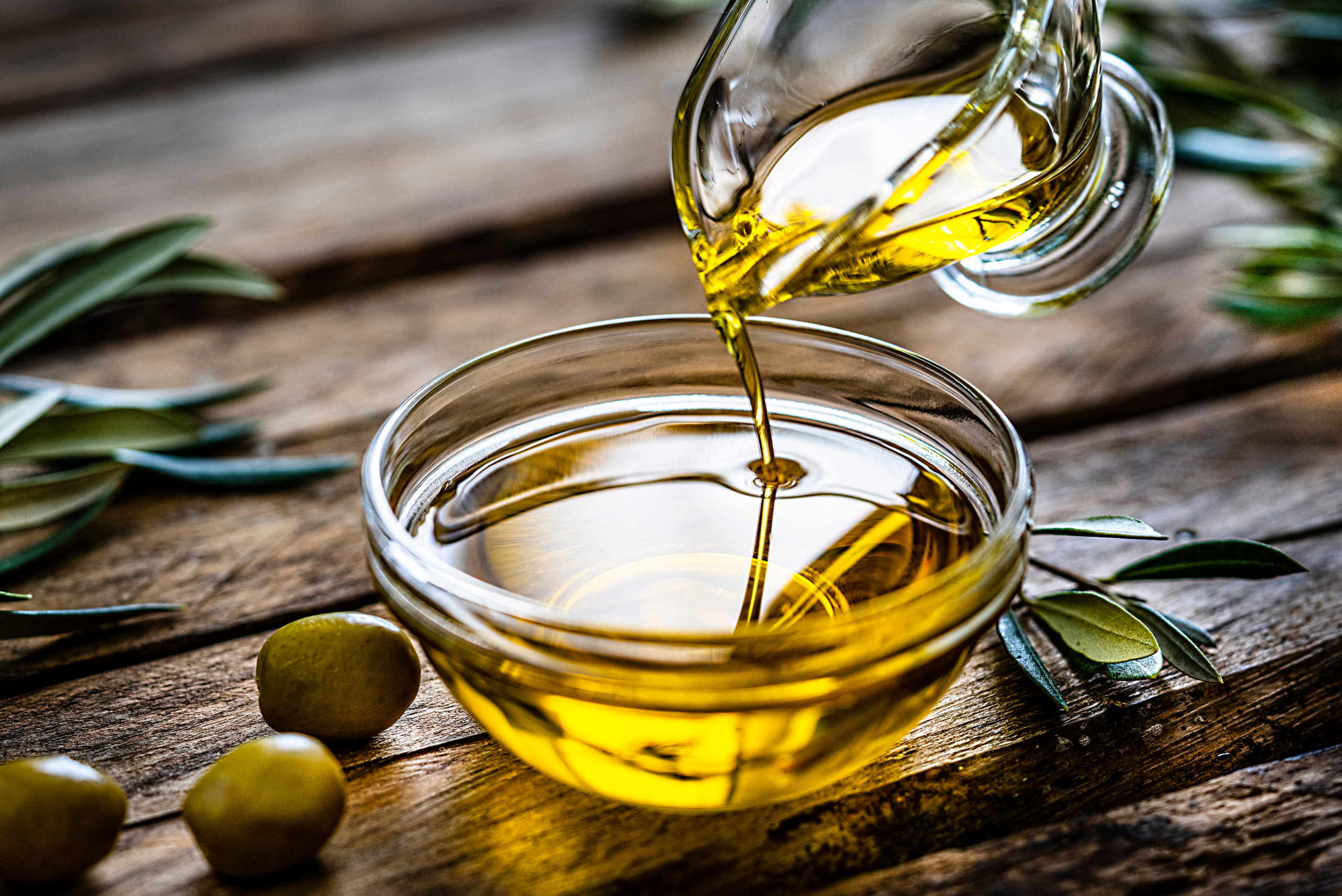
How to Use Olive Oil for a Natural Shine
Bringing back the luster of your wood with olive oil is incredibly easy. Here’s how:
- Choose Your Olive Oil: Use extra virgin or regular olive oil, both work well. If you want extra cleaning power, mix it with white vinegar in a 2:1 ratio.
- Apply a Small Amount: Pour a small amount of olive oil onto a soft cloth or directly onto the wood surface.
- Rub It In: Use circular motions to work the oil into the wood, covering the entire surface evenly.
- Let It Absorb: Allow the oil to sit for at least 10–15 minutes to penetrate the wood fibers.
- Buff to Shine: Use a clean, dry cloth to buff away any excess oil, leaving behind a smooth and polished finish.
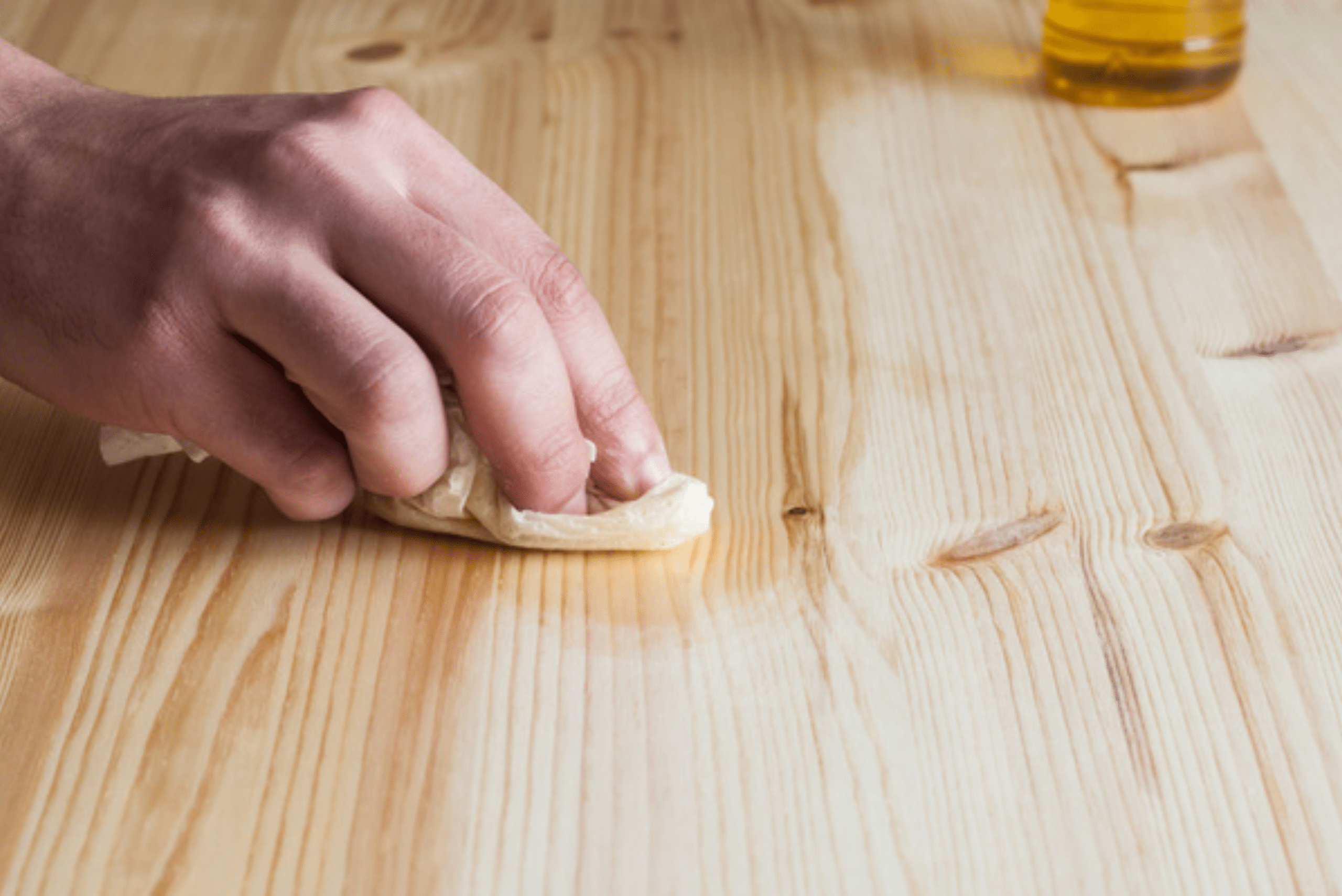
How Often Should You Use Olive Oil on Wood?
To maintain the shine and condition of your wood, regular application is key. For furniture, applying olive oil once a month is usually enough to keep it looking fresh. Floors, on the other hand, may need treatment every couple of months or as needed to prevent dullness. Overuse can lead to build-up, so always buff thoroughly to remove excess oil and keep the surface from feeling greasy. Adjust the frequency based on your wood’s exposure to sunlight, humidity, and general wear and tear.
If you’re using olive oil on frequently handled wood items, such as cutting boards or wooden utensils, applying a light coat every few weeks will help maintain their integrity. Be sure to let the oil absorb fully before using them to prevent any oily residue on food.
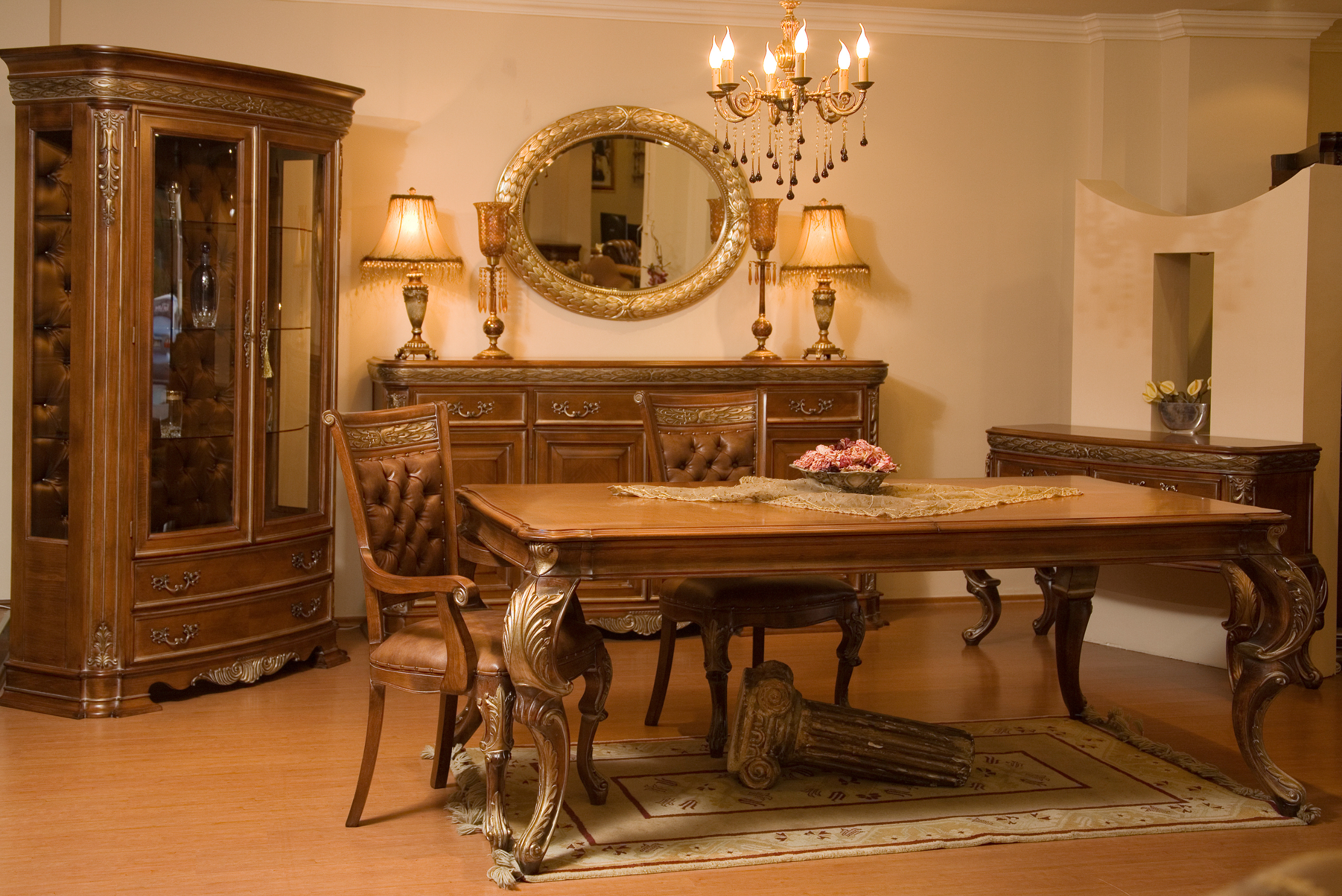
Tips for Different Types of Wood
- For furniture: Apply olive oil sparingly to avoid a greasy feel, and always buff thoroughly.
- For hardwood floors: Mix olive oil with a little lemon juice or vinegar for a natural floor polish. Avoid using too much to prevent slipperiness.
- For cutting boards and utensils: Olive oil is food-safe and can help maintain wooden kitchen tools, preventing them from drying out.
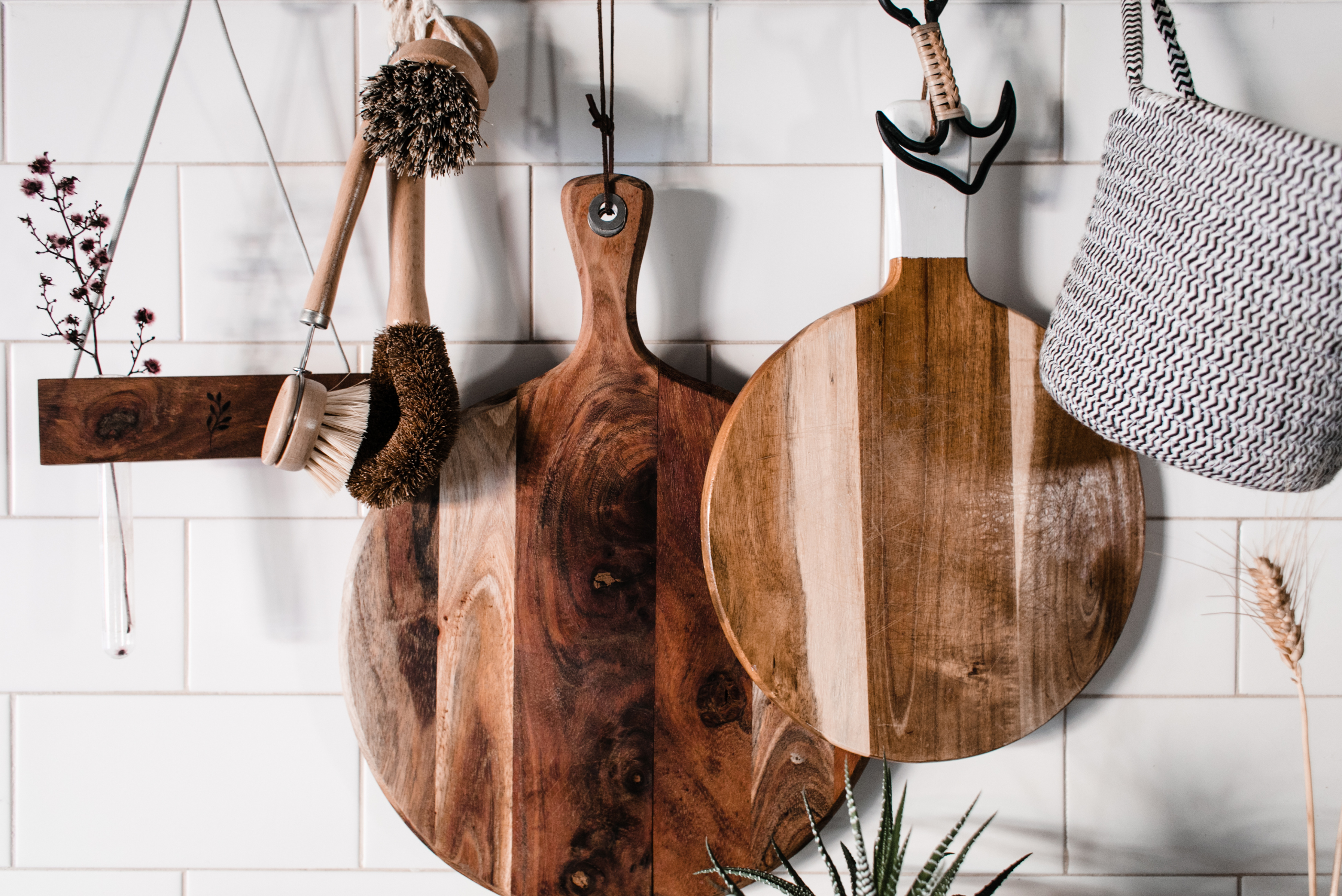
Additional Benefits of Using Olive Oil on Wood
Aside from making wood shine, olive oil has other great benefits:
- Eco-friendly and non-toxic: Unlike chemical-laden polishes, olive oil is safe for homes with kids and pets.
- Reduces minor scratches: It helps conceal surface scratches by conditioning the wood.
- Prevents drying and cracking: Regular application keeps wood hydrated and looking fresh.
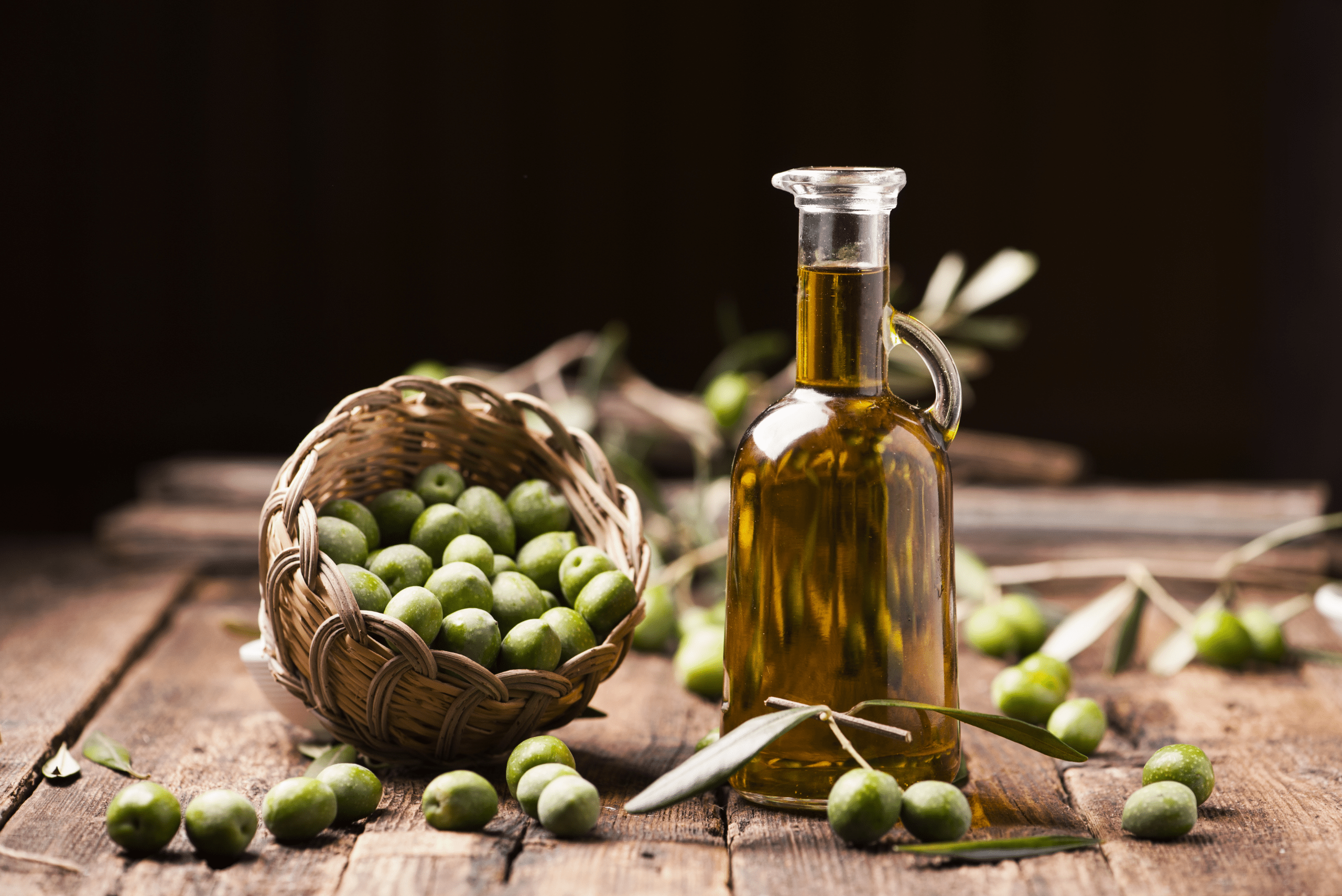
Related Articles
- The Most Effective Way For Restoring Hardwood Floors
- A Comprehensive Guide to Properly Impregnating Wood to Preserve Wood
- The Top Mistakes to Avoid When Choosing Hardwood Floors
You don’t need store-bought polishes to keep your wood looking its best. With just a little olive oil, you can restore its shine, protect it from damage, and enhance its natural beauty, all without harsh chemicals. Give this simple trick a try and enjoy gleaming, well-conditioned wood in your home!



